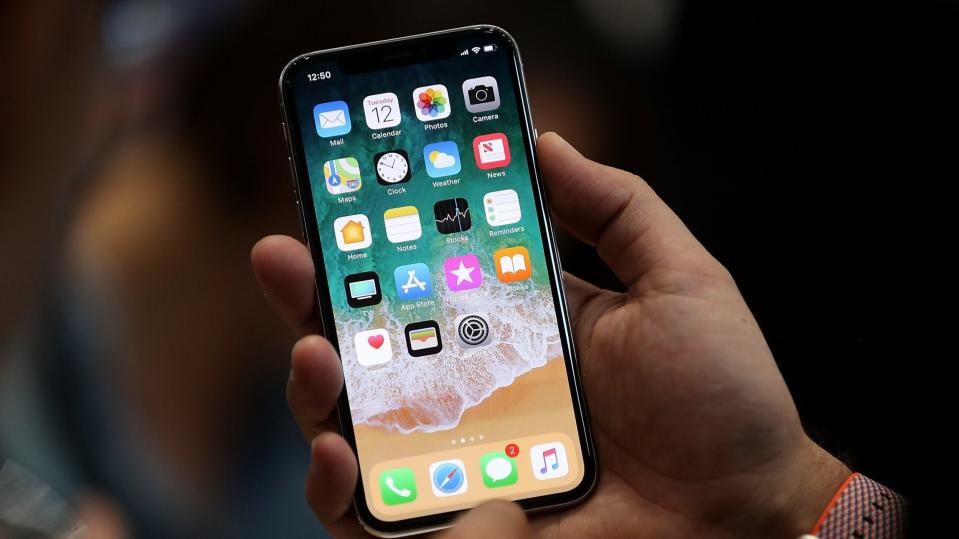Why investors should look beyond Apple's iPhone sales
Apple (AAPL) will report its Q3 2018 earnings on Tuesday and, naturally, all eyes will be on how many iPhones the tech giant sold in the quarter. And why not? The iPhone is the ultimate arbiter of Apple’s success.
It’s easy to understand why the number gets so much attention: The handset accounted for more than half of the company’s revenue in the previous quarter and has historically been the single most important data point for the firm.

But if you’re smart, you’ll also be looking at another number in Apple’s earnings report: its services revenue.
Apple’s future is bright
Bloomberg forecast revenue of $52.3 billion and earnings per share of $2.15, compared to $45.4 billion and earnings per share of $1.67 for the same quarter last year. Services revenue is estimated to be $9.23 billion, compared to $7.2 billion for the same quarter last year.
The number of iPhones sold for the quarter is estimated to be 41.3 million with an average selling price of $699, compared to 41 million and an average selling price of $606 the same quarter last year.
For a company that’s closing in on a $1 trillion market cap, it might sound obvious to say that its future looks bright — but let me explain. The number of iPhones Apple can sell will eventually plateau as the global smartphone market becomes more saturated. Sure, Apple will continue to sell new iPhones, but you can’t expect to see the kind of enormous growth the division has seen go on forever.
To satiate investors, Apple needs another monster growth opportunity, and that happens to be its services division. From Q4 2015 to Q2 2018, Apple’s services business, which includes the likes of iTunes, iCloud and Apple Music, has grown from $5 billion in revenue per quarter to more than $9 billion.
A ‘new paradigm related to investing in Apple’
Apple’s iPhone revenue also increased from $32 billion to $38 billion. And for every iPhone in consumers’ hands, there’s the potential for a continuous revenue stream through services.
Gene Munster of Loop Ventures believes services is the next big shift for Apple’s growth as a whole. In a research note, Munster says Apple has been through four previous growth periods: the launch of the original Mac, the rise of competition from the PC, the iPod and finally the iPhone. Now, Munsters says, Apple is entering what he calls “Apple as a Service.”
“The new paradigm related to investing in Apple, which is 2 to 3 years from becoming consensus, is defined by a stable iPhone business, a growing services segment, a faster-than-expected capital return program and the introduction of new products,” Munster wrote in his note.
Shifting to Apple as a service means that the company will provide a more consistent and predictable revenue stream. It would also lead to the eventual end of the hype cycle surrounding new iPhone releases, which causes the stock to fluctuate. When Apple’s main product is the services it offers, the hardware it runs on becomes slightly less important.
That’s not to say that Apple’s iPhone sales will dry up. They’ll still make up a large amount of the company’s revenue, but it might not be the majority that it is today.
So when Apple’s earnings cross the wire, don’t forget to dig deeper to see how well those services performed. It’s not just about the iPhone anymore.
More from Dan:
Email Daniel Howley at dhowley@oath.com; follow him on Twitter at @DanielHowley. Follow Yahoo Finance on Facebook, Twitter, Instagram, and LinkedIn

